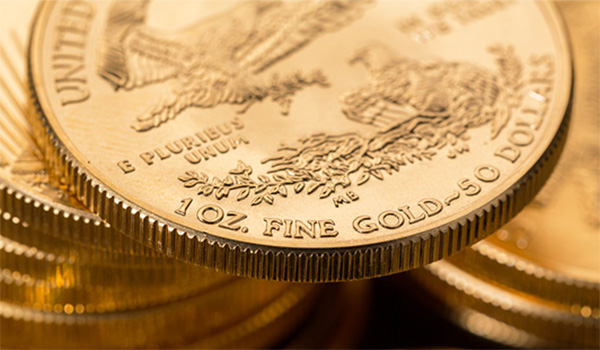Investing in bullion coins or in rare numismatic gold and silver coins? Most investors settle for bullion coins investments rather than filling their portfolios with famous rare coins.
You might be wondering why when a piece of a rare coin can sell millions of dollars in coin auctions. On the other hand, if you do it right investing in rare coins can be a very profitable hobby.
First, let us differentiate the bullion coins from the numismatic coins.
What is a numismatic coin?
Numismatic coins are old currencies that are collected for their historical significance and aesthetic quality. A numismatic coin is either a regular-issue coin or a commemorative coin.
Coin collectors aim to have the rarest coins in their collection. Numismatic coins include rare coins, error coins and precious metal coins that were once legal tender .
The rarity of a numismatic coin is one of the leading factors that control its market demand along with its coin grade.
Examples of numismatic coins that has some notable precious metal content:
• Pre-1933 US gold coins, these regular issue gold coins were minted from 1849 to 1933
• Pre-1965 dimes, these silver coins were once part of the American coinage
• Rose Ryal, one of the gold coins in the English coinage circulated from 1604 to 1625.
What is a bullion coin?
Bullion coins are not legal tender coins and they were never intended to be circulated. A bullion coin is struck from precious metal for investment purposes. Bullion coins are minted in various weights and precious metal content. Most bullion coins are made from silver, gold, or platinum.
Although at some point in history, some currencies were struck in silver and in gold but they are not considered as bullions. Like the silver or gold bars that are kept in vaults for investment pieces, bullion coins can be traded from one country to another.
The value of bullion is dependent on the spot price of the precious metal and its weight. However, like numismatic coins, bullion coins are also affected by the consumer demand.
Here are the famous world coin bullions:
• Panda gold coins, bullion coin series from China that reaches up to one kilo in weight
• Krugerrand, South Africa’s official gold bullion coin
• Platinum Eagles, United State’s platinum bullion coin
• Silver American Eagle coins, USA’s official silver bullion coin
• Gold American Eagle, the official gold bullion coin from United States with the famous Saint-Gaudens design.
• Philharmoniker, Austria’s gold bullion in honor of the Vienna Philharmonic Orchestra
• Buffalo gold coins, America’s highest gold content bullion coin with a 24-karat purity
• Maple leaf coins, gold bullion coins from the Canadian Mint
• Kookaburra coins, silver bullion from Australia’s Perth Mint
What are the benefits of investing in bullion coins?
Most bullion gold coins have higher precious metal content than numismatic coins
Famous rare coins hardly contain precious metal content at all. Bullion coins are more of an investment than a collection. Bullion coins are kept for economic hedges. Incase the paper currency collapses, trading can still be carried on with precious metal investments.
Bullion coins do not need to be graded
Coin grading can be a tedious process. When buying numismatic coins, you need to inspect them thoroughly for physical defects – hairline scratches, coin toning, and chips – that can reduce their coin values.
Good thing bullion coins are standardized. Though physical deformities can certainly lessen the bullion coin’s weight, light scratches will not harm its precious metal content. The aesthetic value of a bullion coin is often disregarded because its intrinsic property matters most.
Bullion coins are easier to store
Bullion gold or silver coins can be discreetly stored inside safety deposit boxes in your home. Mobilizing your bullion coin collection is faster, too, since they are not as heavy as gold or silver bars. Much more, bullion coins are easier to dispose in the market than bars.
Bullion coins have a bigger market than numismatic coins
What investors love most about bullion coins are its liquidity. This means that they can be easily converted into cash whenever the need arises. Investors claim that there is a greater ROI or return of investment in bullion coin collections. Most bullion coins are accepted in banks all over the world. There are also bullion like the American Eagle coins that are used to fund retirement accounts.







Leave a Reply